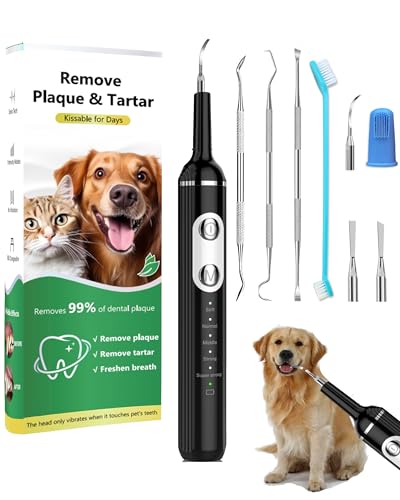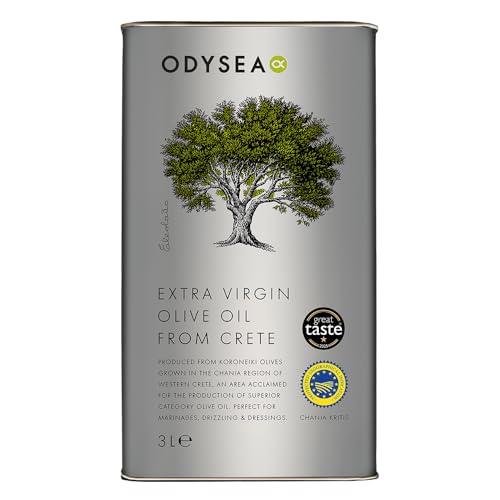
If your furry friend has found themselves in a mess, acting quickly is key. First, grab some dog-friendly wipes or a damp cloth to tackle the situation. These wipes are designed to be safe for pets and can help remove unwanted residue while being gentle on their skin.
Next, take your pooch to a designated cleaning area, preferably outdoors. A shallow container filled with warm water can work wonders. Carefully place their feet in the water, ensuring they’re comfortable. This will help loosen any stubborn bits stuck between their toes. You can also use a soft brush to gently scrub the pads and nails, making sure not to apply too much pressure.
Once you’ve removed the bulk of the mess, dry their feet thoroughly with a clean towel. Pay special attention to the areas between the toes, as moisture can lead to irritation or infections. If you’re concerned about lingering odours, a sprinkle of baking soda can be a great natural deodoriser. Just make sure to rinse it off properly!
Finally, reward your companion with a treat. Positive reinforcement not only makes the cleaning experience pleasant for them but also helps build good habits for the future. Regular check-ups of their feet will ensure they stay healthy and clean!
Cleaning Tips for Messy Situations
First things first, grab some baby wipes or pet-safe wet wipes. They work wonders for quick clean-ups. Just gently wipe the affected areas, ensuring you get into the crevices without causing discomfort. Always keep a pack handy, especially during walks in the park.
Water and Soap Solution
If the mess is stubborn, mix a bit of mild dish soap with warm water in a bowl. Dip a soft cloth into the solution, wring it out, and carefully wipe down the soiled areas. Rinse off with clean water to avoid any residue. This method is particularly useful if your furry friend enjoys rolling around in less-than-desirable spots.
Drying and Preventing Future Incidents
Once you’ve tackled the mess, ensure everything is dry to prevent slipping on surfaces. A soft towel works perfectly for this. To avoid future mishaps, consider using protective booties during walks in high-risk areas. They can save you a lot of hassle and keep your space cleaner!
Gather Necessary Cleaning Supplies
Start with a pair of disposable gloves to keep your hands clean during the process. These are a must, especially if you’re dealing with a messy situation. Next, grab some paper towels or old rags–something absorbent will do the trick for wiping off the bulk. A bucket or bowl filled with warm water can help rinse off any remaining residue.
Consider having a gentle pet-safe shampoo on hand. It’s handy for a deeper clean, particularly if your furry friend has a lot of fur or if the mess is extensive. A soft brush or cloth is great for getting in between the toes and pads, ensuring nothing is left behind.
Lastly, keep a towel nearby for drying. This will come in handy after rinsing, as you don’t want wet feet tracking through your home. Having all these items ready will make the cleanup process smoother and quicker.
Remove Solid Waste from Fur
To tackle solid waste stuck in fur, act swiftly to prevent irritation. Begin by carefully assessing the area. If the mess is large, you might need to use scissors to cut away the bulk without harming the skin. Always ensure the fur is dry to avoid pulling on the hair.
Steps to Follow
- Gently lift the fur away from the skin, creating space to work.
- Use a pair of blunt-ended scissors to trim around the solid waste. Be cautious to avoid cutting the skin.
- Once trimmed, use a damp cloth or wet wipes to wipe away any remaining residue. Ensure to wipe in the direction of the fur growth.
- After removal, dry the area with a clean towel to prevent moisture buildup.
Final Touches
After removing the waste, it’s wise to check for any lingering odours. A gentle pet-safe deodorising spray can help freshen up the fur. Always follow up with a thorough inspection for any signs of irritation or discomfort.
Wash with Water
Rinsing the feet of your furry friend is straightforward and can be done with minimal fuss. First, ensure you have a bowl or a bucket filled with lukewarm water. If your pet is small, a sink can work just as well. For larger breeds, a garden hose may be more practical.
Gently lift each foot and dip it into the water, allowing any residual waste to loosen and wash away. This method is particularly useful for removing any lingering particles from the fur. If you notice stubborn bits, use your fingers or a soft cloth to help dislodge them while the foot is submerged.
After rinsing, it’s crucial to dry the feet thoroughly. Grab a clean towel and gently pat each paw to remove excess moisture. This step prevents any slipping on floors and helps keep your home clean.
If you want to be extra cautious, consider a follow-up rinse with a dog-friendly soap. Just make sure to rinse thoroughly to eliminate any soap residue. A good practice is to reward your pet with a treat afterwards to create a positive association with the process.
For those running a training business, keeping things tidy is essential. Don’t forget to consider your risk management strategies, such as do I need dog training business insurance for added peace of mind.
Use Dog-Friendly Cleaners
Opt for natural and pet-safe products when tackling stubborn messes. Vinegar and baking soda create a non-toxic solution that effectively eliminates odours and breaks down residue. Mix equal parts of vinegar and water in a spray bottle for a quick and easy cleaner. Alternatively, sprinkle baking soda on affected areas, let it sit for a few minutes, and then wipe it away with a damp cloth.
Examples of Dog-Friendly Cleaners
| Cleaner | Ingredients | Usage |
|---|---|---|
| Vinegar Solution | Equal parts vinegar and water | Spray on fur, wipe with a cloth |
| Baking Soda Paste | Baking soda and water | Apply to stains, scrub gently, rinse |
| Castile Soap | Plant-based soap | Dilute with water, apply to fur, rinse |
| Commercial Pet Cleaners | Pet-safe ingredients | Follow label instructions |
Tips for Application
Always perform a patch test before using any new cleaner on fur to ensure it doesn’t cause irritation. Use soft cloths or brushes that won’t harm sensitive skin. Rinse thoroughly with water to remove any residue from the cleaning process, as even natural ingredients can lead to irritation if left on the skin. Regular maintenance with these gentle products can keep your furry friend fresh and comfortable.
Dry and Inspect Paws Thoroughly
Once the messy situation is handled, grab a soft, absorbent towel to dry the furry feet. Make sure to gently pat each paw to remove any remaining moisture. This step is crucial, as dampness can lead to irritation or infections. Pay special attention to the areas between the toes and pads, where moisture can linger.
While drying, take a moment to inspect each paw closely. Look for any signs of irritation, cuts, or foreign objects lodged in the fur. The last thing you want is for your pet to experience discomfort later. If you spot anything unusual, consider consulting a veterinarian for advice.
For a thorough check, consider lifting each paw to examine the underside. This will help you identify any hidden debris or health issues that could affect your pet’s comfort. Regular inspections can also help you catch potential problems early, ensuring your companion stays happy and healthy.






